1. Chile Creates Three New Marine Protected Areas
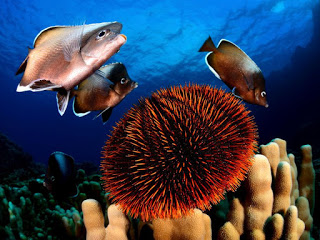 Chile has created three new marine parks that protect 450,000 square miles of ocean, home to hundreds of endemic species. The largest, at 278,00 square miles, is the Rapa Nui Marine Protected Area, which encompasses Easter Island. Traditional fishing is allowed there, but not commercial fishing. The second is the Juan Fernandez Islands, at 101,000 square miles, which is 400 miles off of Santiago. The third, Diego Ramirez island MPA off the southernmost point of Chile, protects kelp forests and 55,600 square miles of “wild and pristine” waters.
Chile has created three new marine parks that protect 450,000 square miles of ocean, home to hundreds of endemic species. The largest, at 278,00 square miles, is the Rapa Nui Marine Protected Area, which encompasses Easter Island. Traditional fishing is allowed there, but not commercial fishing. The second is the Juan Fernandez Islands, at 101,000 square miles, which is 400 miles off of Santiago. The third, Diego Ramirez island MPA off the southernmost point of Chile, protects kelp forests and 55,600 square miles of “wild and pristine” waters. —————————————————
2. New Species of Shark Discovered in the Atlantic Ocean
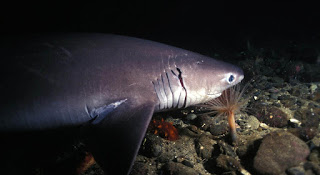 A new species of shark has been discovered by scientists at Florida Institute of Technology. The Atlantic sixgill shark lives in the Atlantic Ocean depths, as well as in the Pacific and Indian Oceans. “Its ancestors date back more than 250 million years, which is 20 million years before the time of dinosaurs.” Sixgill sharks can grow up to 26 feet long and have saw-like lower teeth and six gills (most sharks have only five).
A new species of shark has been discovered by scientists at Florida Institute of Technology. The Atlantic sixgill shark lives in the Atlantic Ocean depths, as well as in the Pacific and Indian Oceans. “Its ancestors date back more than 250 million years, which is 20 million years before the time of dinosaurs.” Sixgill sharks can grow up to 26 feet long and have saw-like lower teeth and six gills (most sharks have only five). —————————————————
3. Antarctica’s King Penguins Could Disappear by End of the Century
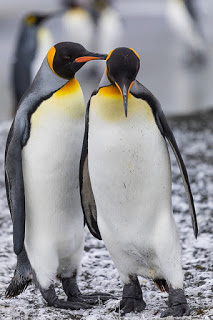 A new report predicts that 70% of the king penguin population (1.1 million breeding pairs) could disappear or be forced to find new breeding grounds by the end of this century. The warming ocean and overfishing have already forced penguins to travel further to find fish and krill to eat. “As the ocean warms a body of water called the Atlantic polar front–an upwelling of nutrient rich sea that supports huge abundance of marine life–is being pushed further south…As the distance between their breeding grounds and their food grows, scientists predict entire colonies will be wiped out.”
A new report predicts that 70% of the king penguin population (1.1 million breeding pairs) could disappear or be forced to find new breeding grounds by the end of this century. The warming ocean and overfishing have already forced penguins to travel further to find fish and krill to eat. “As the ocean warms a body of water called the Atlantic polar front–an upwelling of nutrient rich sea that supports huge abundance of marine life–is being pushed further south…As the distance between their breeding grounds and their food grows, scientists predict entire colonies will be wiped out.”—————————————————
4. Recent Study Reveals Seals and Oceanic Fish Contaminated by Microplastics
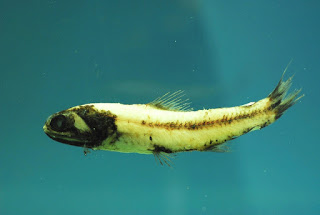 A recent study found microplastics in 75% of deep-sea fish caught. Microplastics were also found in the feces of gray seals and the Atlantic mackerel they eat. “Deep-sea fish are thought to make up most of the ocean’s biomass and are eaten by top predators, including tuna, salmon and sharks. They spend their days in the mesopelagic zone of the ocean at depths of 650–3,000 ft (200–900 m) and swim upwards at night to feed in the more nutrient-rich waters near the ocean’s surface. On these journeys to the surface, however, it’s possible they are taking in more plastic pollution than scientists had thought.”
A recent study found microplastics in 75% of deep-sea fish caught. Microplastics were also found in the feces of gray seals and the Atlantic mackerel they eat. “Deep-sea fish are thought to make up most of the ocean’s biomass and are eaten by top predators, including tuna, salmon and sharks. They spend their days in the mesopelagic zone of the ocean at depths of 650–3,000 ft (200–900 m) and swim upwards at night to feed in the more nutrient-rich waters near the ocean’s surface. On these journeys to the surface, however, it’s possible they are taking in more plastic pollution than scientists had thought.” —————————————————
5. Bycatch Found in Small-Scale Fisheries
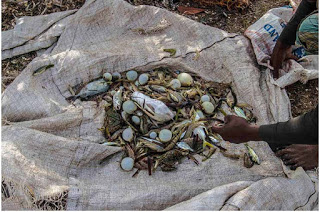 Small-scale fisheries comprise about half of the world’s catch, employ 99% of the world’s 51 million fishers, and “contribute to the livelihoods and well-being of one-tenth of the world’s population.” Although large-scale fisheries have been blamed for the world’s bycatch problem, a new study of a small-scale fishery in a Sri Lankan lagoon suggests that bycatch is a problem in small-scale fisheries as well. Researchers found that half of the small-scale fishery catch was routinely discarded. The researchers conclude that “traditional management approaches fail to address overfishing.”
Small-scale fisheries comprise about half of the world’s catch, employ 99% of the world’s 51 million fishers, and “contribute to the livelihoods and well-being of one-tenth of the world’s population.” Although large-scale fisheries have been blamed for the world’s bycatch problem, a new study of a small-scale fishery in a Sri Lankan lagoon suggests that bycatch is a problem in small-scale fisheries as well. Researchers found that half of the small-scale fishery catch was routinely discarded. The researchers conclude that “traditional management approaches fail to address overfishing.” —————————————————
Be sure to “LIKE” http://facebook.com/SeaSave to ensure our “Week in Review” is delivered to your newsfeed every Friday.
Sea Save Foundation is committed to raising awareness of marine conservation. The Week in Review is a team effort produced by the Sea Save staff to provide a weekly summary of the latest in marine research, policy, and news.




